|


Home
|
Augusta Stylianou Gallery

<-----===========------->
Loading
|
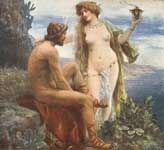 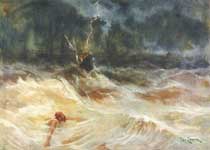 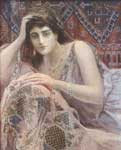 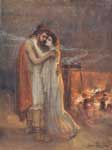
Calypso promises immortality to Odysseus, Death of Odysseus' Companions, Penelope , Penelope recognizes Odysseus,
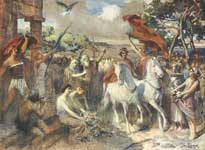 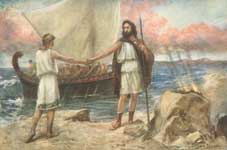 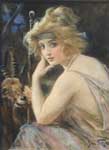
Arrival of Telemachus , Telemachus invites Theoclymenus to his boat, Nausicaa ,
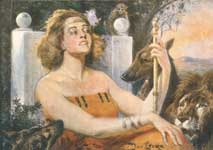 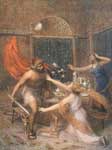 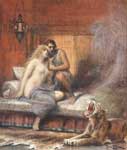 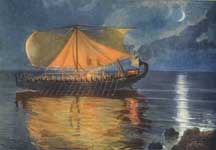
Circe among wild beasts, Odysseus threatening Circe, Odysseus on the bed of divine Circe, The boat of Phaeaceans ,
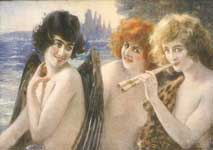 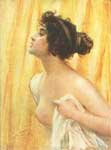 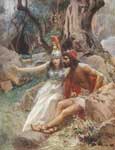 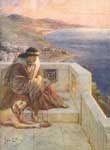
Sirens, Beautiful Polycaste , Athena inspires Odysseus , Penelope on the veranda of her palace,
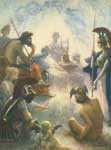 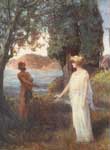 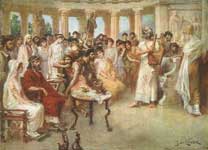 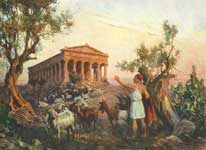
Consultation of Gods, Odysseus asking Nausicaa, Demodocus, Odysseus in front of temple of Athena ,
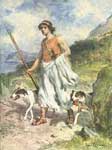 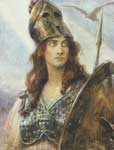 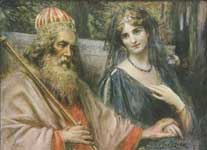
Telemachus leaves Ithaca for consultation, Pallas Athena , Menelaus and the beautiful Helen ,
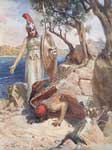 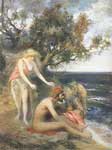 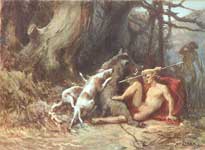 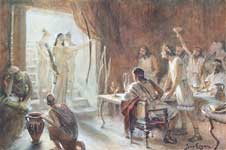
Odysseus kisses his native land, Calypso finds Odysseus, Hunting boar in the forest , Penelope rejects marriage ,
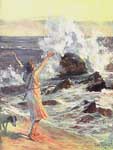 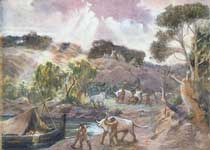 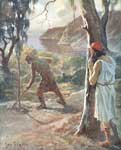
An apparition of a Victory, The companions fight the Bulls of Helios, Odysseus on the property of Laertes,
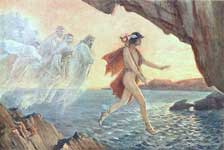 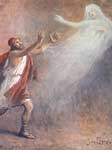
Hermes leads the lamenting Souls, Odysseus wants to embrace the ghost of his Mother,
Jan Styka (April 8, 1858 Lwów - April 11, 1925 Roma) was an ethnic Polish-born painter noted for producing large historical and Christian religion panoramas.
Styka, son of a Czech officer in Austria-Hungary, attended school in his native Lemberg (L'viv Lwów) then studied at the Academy of Fine Arts in Vienna, Austria following which he took up residence in Italy for a short time before moving to France where the great art movements at Montmartre and Montparnasse were taking shape and where he would spend a large part of his life.
Among Styka's important works is the large scene of Saint Peter preaching the Gospel in the Catacombs (seen here) painted in Paris in 1902. His renowned panoramas include "Bem in Siedmiogrod" (1897), "The Martydrom of Christians in Nero's Circus" (1897), and at the Wrocław Branch of the National Museum of Poland is the monumental collaboration "The Battle of Racławice" painted in 1894.
In 1910, Jan Styka painted a portrait of esteemed pianist and Polish statesman, Ignacy Jan Paderewski, which is now at the National Museum of Poland in Poznań. Previously, near the end of the 19th century, Paderewski had commissioned Styka to paint what would become his most famous work internationally. Originally entitled "Golgotha" (the Aramaic name for the site of Christ's crucifixion), the painting became known simply as "The Crucifixion." This piece is an enormous panorama standing 195 feet (59 m) long by 45 feet (14 m) in height.
"The Crucifixion" has a fascinating history. Upon its commission in 1894, Styka travelled to Jerusalem to prepare sketches, and to Rome, where his palette was blessed by Pope Leo XIII.
The painting was unveiled in Warsaw to great success on June 22, 1897. It was shown in many of the great cities of Europe, before making its way to America, to join the 1904 St. Louis Exposition.
The painting was seized when Styka's American partners failed to pay the customs taxes, and was considered lost for nearly forty years. In 1944, the painting was found, rolled around a telephone pole and badly damaged, having languished in the basement of the Chicago Civic Opera Company for decades.
Acquired by American businessman, Hubert Eaton, the painting was restored by Jan Styka's son, artist Adam Styka. It is on display in the Hall of the Crucifixion at Forest Lawn Memorial Park Cemetery in Glendale, California.
In 2005-2006, the painting underwent a massive restoration as part of Forest Lawn's centennial celebration. It currently is shown, on the hour, from 10 am to 4pm. It features a new, state of the art guided light show and narrated presentation written by noted biblical scholar, Timothy Kirk.
Jan Styka died in 1925 and was buried in Rome. However, in 1959 Hubert Eaton arranged with Styka's family for his remains to be brought to the United States for interment in the "Hall of The Immortals" at Forest Lawn cemetery.
Sons Tadeusz "Tade" Styka (1889-1954) and Adam Styka (1890-1959) were both painters.
Retrieved from "http://en.wikipedia.org/ ", Text is available under the Creative Commons Attribution-ShareAlike License
==--==--==

Home
|
==++==++==
Paintings, Drawings
|
